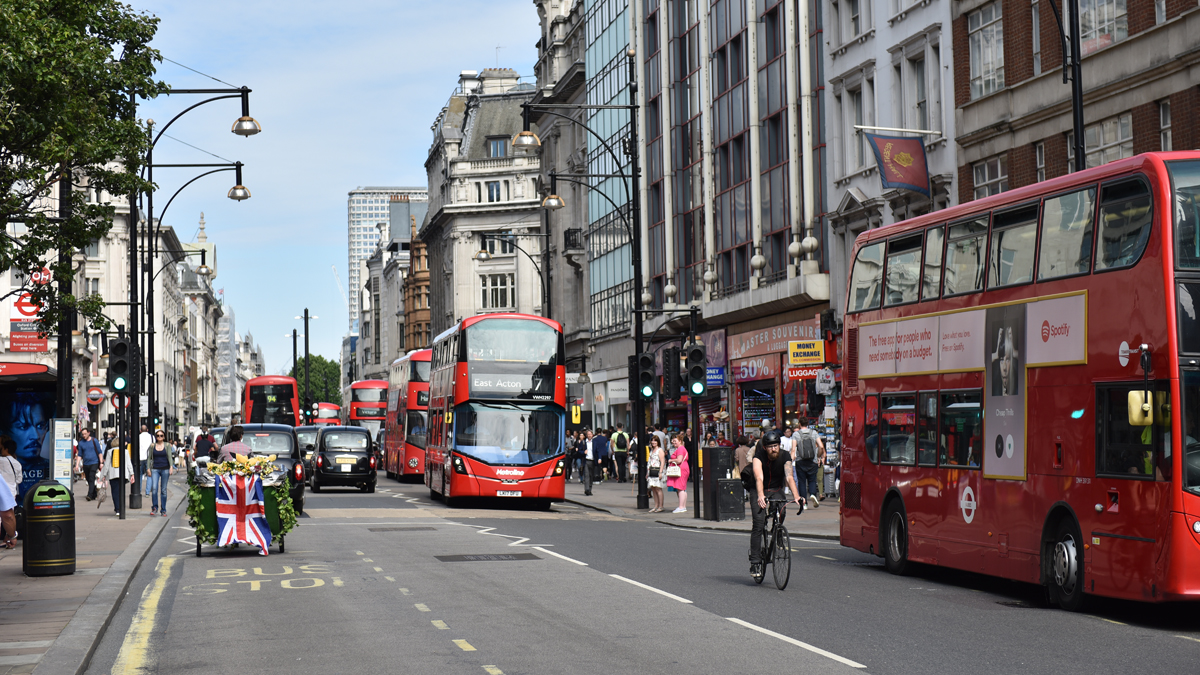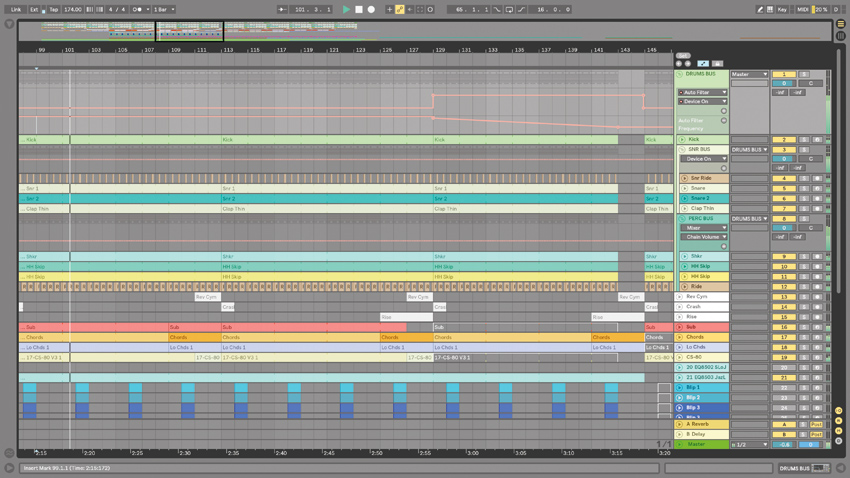9 great group and bus processing tips
Gather your signals and sounds more effectively with these proven techniques

Dazed and confused when it comes to channel grouping? Or looking for a little creative inspiration to get more from your channel bussing activities? You've come to the right place, as our nonet of quick-fire tips and tricks aim to assist and inspire…
For more on groups and busses, get hold of the March 2018 edition of Future Music.
1. Bass layers
Layering bass sounds is a staple technique when producing bass music. Consider how to group individual basses and layers for maximum mix control. Try grouping all sub bass elements to one bus and midrange layers to another, then collectively evening out their tone and dynamics across the frequency spectrum.
2. Route reverbs and delays
Piping a channel’s signal to an auxiliary return is a common tactic for applying ambience or spatial effects (reverb or delay) in parallel. With your effected signal on a separate fader, it can be processed separately - if you want to filter or compress your reverb signal in isolation, say.
Clever bussing can be extremely useful here. Using a reverbed snare as an example, you can route both your dry snare and the treated reverb return to a single ‘snare’ group, then process the two signals as one - ideal if you want to compress the entire signal and cause the reverb to ‘swell’ after the initial hit.
3. Decompression
When compressing an overall ‘drums’ group, try routing oversquashed elements back out of the group (via send/return) to dial lost snap back in.
4. Group groups
Once you’re comfortable with basic routing, it’s time to go further and get to grips with nested grouping. Let’s use a typical electronic beat as an example: a kick made of a sub layer and a transient ‘click’, a three-layered snare/clap part, a bunch of hi-hats, and other percussion. Each sub-section probably needs its own group.
Get the MusicRadar Newsletter
Want all the hottest music and gear news, reviews, deals, features and more, direct to your inbox? Sign up here.
For ultimate mix control, you may then need to group these subgroups together, minus the kick. This overall ‘percussion’ bus can then be processed together for cohesion. After that, it all may need to be grouped to a final ‘drums’ group for ultimate control over the whole thing.
5. Don't over-filter
Too many high-pass filters in a mix can be a bad thing. Cut down the need for multiple EQ cuts by grouping all non-bass elements, then carving away that group’s low frequencies with a single high-quality HPF.

6. Arrangement routing
Summing signals down to manageable busses isn’t just important for mixing - it’s also a valid approach when arranging electronic music. An obvious example is to group your drum bus and bass bus to a single group, as you can then automate a low- or high-pass filter over this group at certain sections of the arrangement. This will dampen or thin the most important parts of the track - very useful when you want to cool things down, and create breakdowns and builds.
Another great time to try this approach is when you need a crazy drum roll or fill. By processing your entire drum group with glitch or delay plugins, you can easily generate eccentric repeats and stutters that can be rendered out and placed before a drop.
7. Speed up sidechaining
Despite its bad reputation through exaggerated overuse, sidechain compression is still an essential sound design and mixing technique when used in moderation - and the process can be streamlined via clever grouping and bussing.
Why not set up your chosen sidechain routing in your DAW template? Create an empty ‘SC’ group containing a sidechain-capable compressor, then a second (inaudible) ‘trigger’ aux channel with its output keyed into the compressor’s input. Now you can send one or more signals to the silent ‘trigger’, and route any other channel into the ‘SC’ group for sidechaining.
8. Processing synths
If you want to render a synth, but would like to keep its effect processing running live in your project, get into the habit of deploying a parent ‘synth’ group bus with those effects in place, right from the start. This way, you can render your synth signal dry, and route the new audio back into that group.
9. Fast track the mixing process
To finish tracks faster, try to condense your projects down to eight main group channels (drums, bass, vocals, synths, FX, etc). Then, once you’re happy with the final arrangement and content, render out those eight buses to stems, and load them in a new project.
This new project now becomes a much more manageable task for mixing, as you can focus on those eight signals without dozens (or even hundreds) of individual channels getting in the way. You’ll essentially be ‘stem mastering’ your tune, and you can refine the mix from there.
Future Music is the number one magazine for today's producers. Packed with technique and technology we'll help you make great new music. All-access artist interviews, in-depth gear reviews, essential production tutorials and much more. Every marvellous monthly edition features reliable reviews of the latest and greatest hardware and software technology and techniques, unparalleled advice, in-depth interviews, sensational free samples and so much more to improve the experience and outcome of your music-making.










